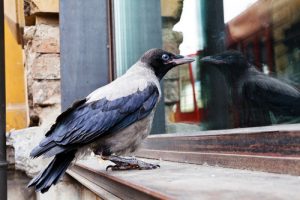 Birds have a notoriously difficult relationship with glass. They either don’t see it and fly straight into it, or they see their reflection in it as a threat and become hostile. This causes problems for homeowners on occasion. A territorial bird pecking at its reflection in your window can be an extremely unnerving, distracting, and unwelcome nuisance. The constant pecking can also crack, damage, or break your window. Here are a few helpful bird removal and deterrent tips to prevent you from going crazy due to the bird-brained actions of a fowl neighbor.
Birds have a notoriously difficult relationship with glass. They either don’t see it and fly straight into it, or they see their reflection in it as a threat and become hostile. This causes problems for homeowners on occasion. A territorial bird pecking at its reflection in your window can be an extremely unnerving, distracting, and unwelcome nuisance. The constant pecking can also crack, damage, or break your window. Here are a few helpful bird removal and deterrent tips to prevent you from going crazy due to the bird-brained actions of a fowl neighbor.
Nuisance Bird Removal Tips
-
Make the exterior of your home less bird-friendly.
To make your home less inviting, remove any birdhouses or bird feeders away from the area until the bird leaves. Trim back the limbs of trees or bushes near your window to encourage your aggressive bird to find somewhere else to nest. Adding a plastic owl decoy is also a common tactic used to scare nuisance birds away.
-
Create a barrier between the window and the bird.
Adding shutters to the outside of your windows will create a barrier that an angry bird can’t penetrate. However, shutters can be a costly investment and, when closed, will also keep any sunlight from entering your home. If you use your window as a source of natural light, shutters may not be a good option. Window screens may help by blocking the bird’s reflection, but they won’t stop the bird’s beak from reaching the glass if it insists on being peckish.
-
Minimize the reflections in your window.
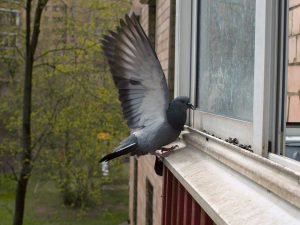 Try dulling the reflection of your window from both the inside and outside.
Try dulling the reflection of your window from both the inside and outside.-
Close your curtains.
Keeping your curtains closed may dull reflections by presenting a solid background, however, not all targeted windows can accommodate curtains.
-
Dirty your window.
Shading, soaping, or smearing paint to the outside of the window will keep the bird from seeing itself in the glass. It’s an effective way to prevent bird/window collisions, but it can look sloppy and diminish the attractiveness of your home.
-
Add decals to your window.
Window decals, stickers, and clings are reusable, easy to apply and remove, and very effective at hiding a bird’s reflection. There are a variety of inexpensive decals available that can complement the exterior of your home while also solving your bird pecking problems.
-
-
Wait for the bird to leave.
If you’ve tried these solutions and the unrelenting tapping persists, don’t lose your temper. Harming a bird, its nest, or its eggs is a violation of the Migratory Bird Treaty Act. You’re most likely dealing with a migratory bird, so hopefully, it will fly home at the end of the season. If you can’t wait for the bird to leave on its own, don’t get into legal trouble by attempting DIY bird removal. Instead, rely on the professional bird removal services of Critter Control® of Orlando.
Legal Bird Removal Services in Orlando
Don’t let pecking birds cause you stress or damage your property. The pest and wildlife removal experts at Critter Control® of Orlando are equipped and experienced to safely remove nesting birds from your Central Florida property. To learn more about our humane bird removal services, call us today at 407-295-7194 to schedule a consultation and receive a free bird removal estimate.




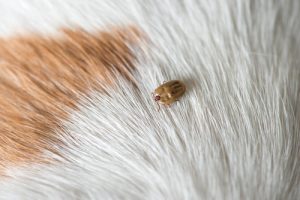
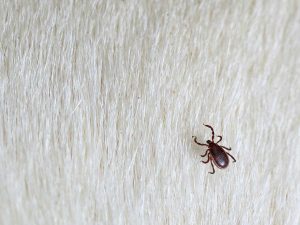 Rats are known to be common carriers of ticks and seasonal changes in the weather can force tick-carrying rats indoors to search for food, water, and a place to nest during the cooler winter months.
Rats are known to be common carriers of ticks and seasonal changes in the weather can force tick-carrying rats indoors to search for food, water, and a place to nest during the cooler winter months.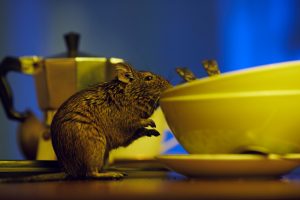
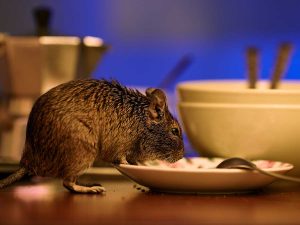
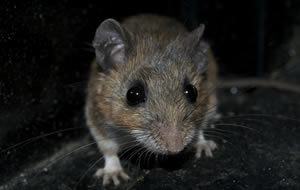
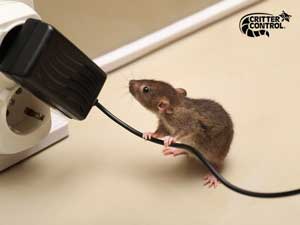 To prevent rodent-related property damage and the spread of disease in your home, try the following tips to keep nuisance rodents and other pests out of your property during the winter months.
To prevent rodent-related property damage and the spread of disease in your home, try the following tips to keep nuisance rodents and other pests out of your property during the winter months.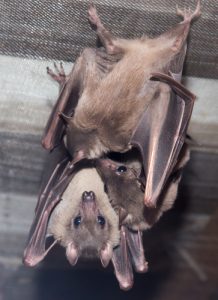
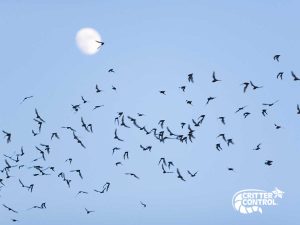 Bats who roost in buildings will seek homes that allow them to enter small openings in areas such as gable or ridge vents, chimneys, or any other unprotected areas.
Bats who roost in buildings will seek homes that allow them to enter small openings in areas such as gable or ridge vents, chimneys, or any other unprotected areas.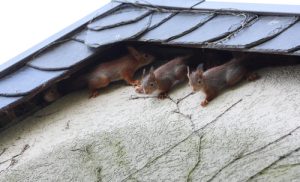
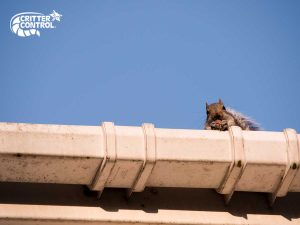 Not only can debris around your home become destructive projectiles during a hurricane, but it can also become temporary shelter to all types of critters trying to weather the storm. The last thing you want is for these temporary neighbors to become permanent residents. Be sure to remove yard waste and store away any structures that attract wildlife like birdbaths and bird feeders.
Not only can debris around your home become destructive projectiles during a hurricane, but it can also become temporary shelter to all types of critters trying to weather the storm. The last thing you want is for these temporary neighbors to become permanent residents. Be sure to remove yard waste and store away any structures that attract wildlife like birdbaths and bird feeders.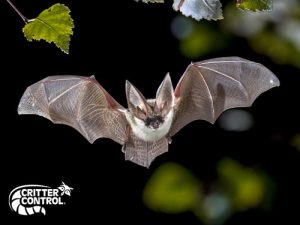 Bats are the world’s longest-living mammals, with a lifespan of up to 40 years. Therefore, if conditions permit, bats will inhabit your commercial building for a very long time. As their colony grows, the amount of damage and toxic guano bats produce can pile up, which is why you will want to get bats removed as quickly as possible before they ruin your commercial building.
Bats are the world’s longest-living mammals, with a lifespan of up to 40 years. Therefore, if conditions permit, bats will inhabit your commercial building for a very long time. As their colony grows, the amount of damage and toxic guano bats produce can pile up, which is why you will want to get bats removed as quickly as possible before they ruin your commercial building.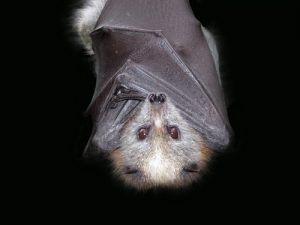
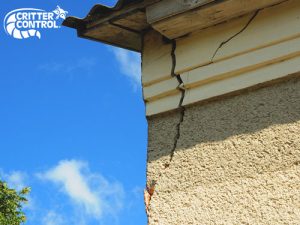
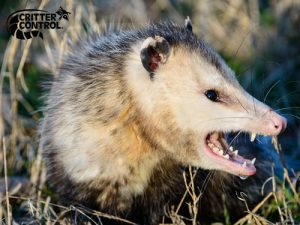 As rural land is continuously developed, opossums are pushed out of their natural habitat and forced to search for food and shelter in residential areas.
As rural land is continuously developed, opossums are pushed out of their natural habitat and forced to search for food and shelter in residential areas.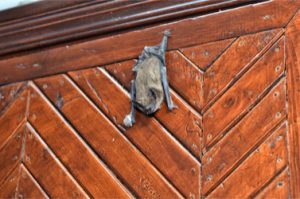
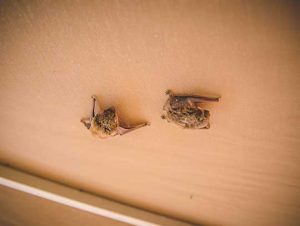 While your first instinct may be to close all of the entry points you find around your home during your inspection, you cannot begin bat proofing until you are absolutely sure there are no bats still living inside. If you block all of their entry and exit points, the bats will get trapped and end up flapping around the home looking for a way to escape. As the bats begin to panic, they will become agitated, spread contamination, and cause even more damage to your home. Before any bat entry points can be closed, a live bat exclusion must be performed by professionals. This will ensure all the bats are safely removed by allowing them to exit but keeping them from returning.
While your first instinct may be to close all of the entry points you find around your home during your inspection, you cannot begin bat proofing until you are absolutely sure there are no bats still living inside. If you block all of their entry and exit points, the bats will get trapped and end up flapping around the home looking for a way to escape. As the bats begin to panic, they will become agitated, spread contamination, and cause even more damage to your home. Before any bat entry points can be closed, a live bat exclusion must be performed by professionals. This will ensure all the bats are safely removed by allowing them to exit but keeping them from returning.
